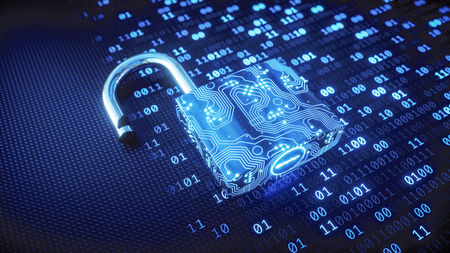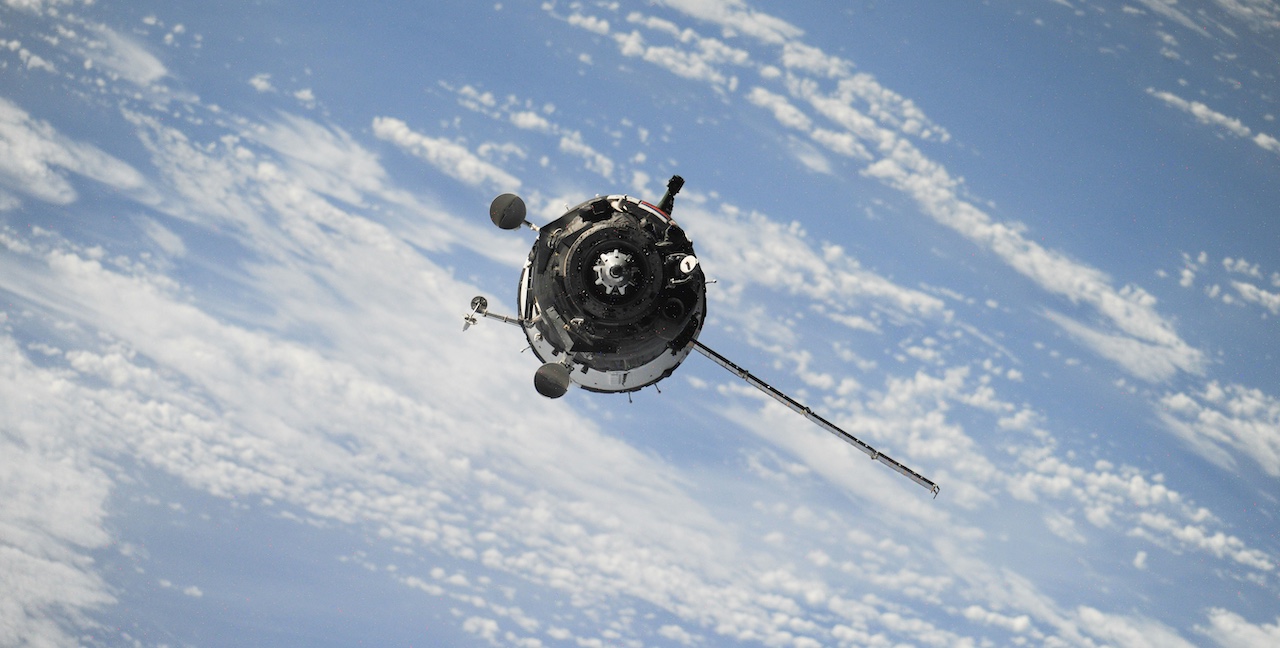As quantum computers continue to advance and increase in computational power, they pose a significant threat to current encryption systems, which rely on mathematical techniques that may become vulnerable to future quantum computing capabilities. To address this challenge, researchers at the Technical University of Munich (TUM) are collaborating with an international team to develop encryption methods based on principles of physics, ensuring communication security even in the quantum era.
QUICK³ Space Project: Satellite-based Quantum Key Distribution
The QUICK³ space project aims to establish secure long-distance communication through the deployment of satellites for quantum key distribution (QKD). This project involves researchers from institutions such as Friedrich Schiller University Jena, Humboldt University of Berlin, Technische Universität Berlin, Ferdinand-Braun-Institut für Höchstfrequenztechnik, the Institute for Photonics and Nanotechnologies in Italy, and the National University of Singapore.
Novel Single-Photon Light Source Design
A key innovation in the QUICK³ project is the development of a compact true single-photon light source design by the TUM team led by Professor Tobias Vogl. This light source boosts secure data rates in satellite quantum key distribution, outperforming traditional laser-based sources. The information is encoded into discrete light particles, ensuring that any attempt to intercept the transmitted data will be immediately detected due to the laws of physics governing the behavior of light particles.
Table of Contents
Quantum encryption satellite: Overcoming Distance Limitations
Exploiting Atmospheric Properties for Long-Distance Transmission
One of the main challenges in quantum cryptography is data transmission over large distances. Traditional optical fiber communications are limited to a few hundred kilometers due to the inability to amplify single-particle light signals. The QUICK³ project addresses this by exploiting the properties of the Earth’s atmosphere, which becomes extremely thin above an altitude of approximately 10 kilometers, allowing for minimal absorption and scattering of light. This enables the use of satellites to facilitate long-distance quantum communications.
Developing a Sustainable Quantum Communication System
The QUICK³ project aims to develop a complete system comprising all the components required for a satellite-based quantum communication network. The team is currently testing individual components and plans to launch a satellite in 2025 to evaluate the technology’s resistance to space conditions and the interplay of its various parts. Ultimately, the researchers envision a comprehensive network of hundreds or thousands of satellites to establish a global quantum communication infrastructure.
Hybrid Approach and Algorithmic Advancements
While quantum cryptography provides an extra layer of security for highly sensitive data, the researchers acknowledge that a hybrid network combining physical and mathematical data encryption techniques may be more practical. Additionally, they are exploring the development of advanced algorithms that are so complex that even quantum computers cannot solve them, allowing for the continued use of mathematical encryption methods for most data transmissions.
With the QUICK³ space project and the development of innovative single-photon light sources, the Technical University of Munich and its collaborators are paving the way for secure data transmission in the quantum era, ensuring that communication remains protected against the potential threats posed by quantum computing advancements.


